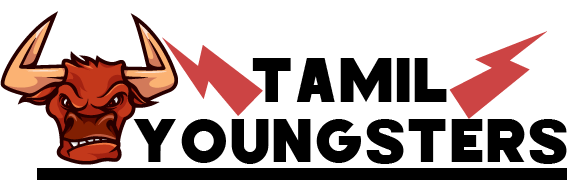How does whiplash affect us?
Whiplash is a widespread term used to describe a number of injuries caused when the neck is suddenly and quickly forced to move back and then forth, or forward then back, or even from side to side. Such movement is often the result of a traffi c collision, or following a blow to the head or fall during a contact sport. The bones of the human spine serve to protect the fragile spinal cord which is located within. Of the 33 vertebrae of the human spine, whiplash aff ects the seven cervical vertebrae found at the top. Vertebrae are connected to one another by bands of fi brous connective tissue called ligaments. They are also connected to the surrounding muscles by tendons. In the event of an incident, damage can be done to both of these tissues in the vicinity of the neck. During an incident where a vehicle has struck the victim from behind, the head will be forced very quickly back and then forwards, but likewise if the sudden neck movement is due to very abrupt deceleration, the head will instead be jerked in the other direction – ie fi rst forward and then back. Both types can result in whiplash injuries ranging from neck stiff ness and loss of movement to back and shoulder pain, headaches and even numbness that can radiate down the shoulders, arms and hands. It should be noted that although whiplash is considered a fairly minor injury, any head or neck trauma should be checked out by a medical professional. However, most muscle and tissue injuries do not show up on X-rays, so sometimes it can be diffi cult to diagnose.
Tendons vs ligaments:-While both tendons and ligaments are made of collagen cells, that’s where the similarity ends. Ligaments are the tough connective tissues that link bone to bone by a joint and provide shock absorbency. They are strong and fl exible bands of tissue but cannot be stretched. An overstretched ligament results in a sprain as experienced during whiplash. Tendons, meanwhile, are the whitish fi brous cords that link one end of a muscle to a bone or other structure. Tendons look white as, unlike muscles, they don’t contain many blood vessels. A damaged ligament can often be surgically reattached to a joint bone, with mobility returning relatively quickly. A tendon, however, is part of the neuromuscular system and so electrical signals must be able to pass across the tendon to reach a muscle in order for it to react. Treatment typically involves a rest period, with a support, and then a gradual return to exercise.
Tendons vs ligaments:-While both tendons and ligaments are made of collagen cells, that’s where the similarity ends. Ligaments are the tough connective tissues that link bone to bone by a joint and provide shock absorbency. They are strong and fl exible bands of tissue but cannot be stretched. An overstretched ligament results in a sprain as experienced during whiplash. Tendons, meanwhile, are the whitish fi brous cords that link one end of a muscle to a bone or other structure. Tendons look white as, unlike muscles, they don’t contain many blood vessels. A damaged ligament can often be surgically reattached to a joint bone, with mobility returning relatively quickly. A tendon, however, is part of the neuromuscular system and so electrical signals must be able to pass across the tendon to reach a muscle in order for it to react. Treatment typically involves a rest period, with a support, and then a gradual return to exercise.

